Descripción libre sección 1
Santa María de Guía is a place full of hidden corners, history, and traditions waiting to be discovered. A visit to the municipality of Santa María de Guía will transport you to a glorious past, and while you delight in its magnificent architectural and cultural heritage, you will have the opportunity to experience and participate in centuries-old traditions and crafts, relax in the midst of stunning and peaceful landscapes, and taste one of the most exclusive artisanal products of the archipelago—the gastronomic jewel of the Canary Islands: Queso de Flor de Guía (Flower Cheese of Guía).
Descripción libre sección 2
Walking through the cobbled streets of the historic center is like opening a window to the splendor of the past. You will find numerous elegant and stately buildings that have stood the test of time, as well as the magnificent parish church, which houses important works by the illustrious sculptor José Luján Pérez. You can also visit craft workshops where you will be amazed by the intricate and refined work of artisans specializing in Canarian knives and wood carving. Additionally, there are establishments where you can taste the delicious traditional sweets of Guía and the famous, exquisite, and unique queso de flor, made from sheep's milk and coagulated with the extract of the thistle flower. One of the highlights is the recently renovated building known as La Bodega, where visitors can not only taste and purchase cheeses with a protected designation of origin and other local products but also learn about the municipality's history, cultural heritage, and places of interest.
Also located in the historic center is the Néstor Álamo Museum, housed in the birthplace of this illustrious local figure, a musicologist and historian born in 1906. The visit offers an insightful journey through the evolution of music in the Canary Islands, from the sounds created by the indigenous inhabitants nearly two thousand years ago to the modern melodies heard across the archipelago today. The exhibition, spread across different rooms of a 17th-century manor house, explores the various influences that have shaped Canarian music and culture, all guided by the life and work of the multifaceted Néstor Álamo. He dedicated much of his life to research, the revival of traditions, and the dissemination of Gran Canaria’s history and culture.
Not far from the historic center lies the Cenobio de Valerón, an impressive collective granary used by the ancient Canarians, consisting of more than 300 caves carved into volcanic rock. It is the most spectacular and largest pre-Hispanic granary in Gran Canaria. During the visit, you will not only learn about the significance of agriculture in the ancient Canarians’ economic system—fundamental to their sustenance and sociopolitical organization—but also about the local flora and fauna, the volcanic geology of the area, and, of course, all the archaeological aspects of the site.
Also located in the historic center is the Néstor Álamo Museum, housed in the birthplace of this illustrious local figure, a musicologist and historian born in 1906. The visit offers an insightful journey through the evolution of music in the Canary Islands, from the sounds created by the indigenous inhabitants nearly two thousand years ago to the modern melodies heard across the archipelago today. The exhibition, spread across different rooms of a 17th-century manor house, explores the various influences that have shaped Canarian music and culture, all guided by the life and work of the multifaceted Néstor Álamo. He dedicated much of his life to research, the revival of traditions, and the dissemination of Gran Canaria’s history and culture.
Not far from the historic center lies the Cenobio de Valerón, an impressive collective granary used by the ancient Canarians, consisting of more than 300 caves carved into volcanic rock. It is the most spectacular and largest pre-Hispanic granary in Gran Canaria. During the visit, you will not only learn about the significance of agriculture in the ancient Canarians’ economic system—fundamental to their sustenance and sociopolitical organization—but also about the local flora and fauna, the volcanic geology of the area, and, of course, all the archaeological aspects of the site.
Descripción libre sección 3
If there is one product that gives Santa María de Guía its fame and symbolizes the municipality, it is cheese. Among the varieties produced here, the most prized is the renowned "Queso de Flor" (Flower Cheese), whose unique production process, special characteristics, and exceptional flavor have earned it the title of the "gastronomic jewel of the Canary Islands". However, this is just one of the varieties included in the "Protected Designation of Origin (PDO) Queso de Flor de Guía, Queso de Media Flor de Guía, and Queso de Guía", which encompass artisanal cheeses made in the midlands of the island’s northwest. Their main distinguishing features include traditional craftsmanship, age-old grazing methods, transhumance, and the use of vegetable rennet.
In the midlands, a visit to the "Casa del Queso" (House of Cheese) is highly recommended. This interpretation center showcases the cheese-making tradition of the region and the "Queso de Flor de Guía PDO". Located in a rural setting overlooking grazing lands and at the foot of "El Pico de Montaña Alta", it offers a "360º viewpoint" at its summit with breathtaking views in all directions. The center provides a full experience, guiding visitors through the entire artisanal cheese-making process from start to finish. In addition to tasting and purchasing the region’s exquisite cheese and other local products, visitors can learn about the **history and traditions** behind this unique protected cheese, its distinctive characteristics, and the rich "ethnographic heritage" surrounding its production.
In the midlands, a visit to the "Casa del Queso" (House of Cheese) is highly recommended. This interpretation center showcases the cheese-making tradition of the region and the "Queso de Flor de Guía PDO". Located in a rural setting overlooking grazing lands and at the foot of "El Pico de Montaña Alta", it offers a "360º viewpoint" at its summit with breathtaking views in all directions. The center provides a full experience, guiding visitors through the entire artisanal cheese-making process from start to finish. In addition to tasting and purchasing the region’s exquisite cheese and other local products, visitors can learn about the **history and traditions** behind this unique protected cheese, its distinctive characteristics, and the rich "ethnographic heritage" surrounding its production.
Descripción libre sección 4
For those who prefer the sea and nature, Santa María de Guía offers that as well. San Felipe Beach boasts excellent waves for surfing, while the natural pools of Roque Prieto provide a family-friendly environment to enjoy the ocean. In the midlands and mountain areas, visitors can immerse themselves in breathtaking landscapes, perfect for relaxation or hiking.
Local traditions and festivals are also highly recognized and attract visitors' interest. Notable among them are the Cheese Festival in April and May; the Festivities of the Virgin, held during the first half of August, with its most important day being the 15th, featuring a morning procession and the Batalla de Flores (Flower Battle) in the afternoon. These celebrations include various cultural events such as street parades of the papagüevos (giant papier-mâché figures that play a central role in the festivities), the float parade, and the previously mentioned Batalla de Flores.
Another significant event is the Fiesta de Las Marías, commemorating the tradition of the Voto de Vergara from 1811. In response to a devastating locust plague, local farmers vowed to make an annual pilgrimage to Guía in gratitude to the Virgin. This festival takes place on the third weekend of September and consists of two main events: the Bajada de la Rama on Saturday, when participants carry branches from the midlands down to Guía, and the Procession and Romería on Sunday at midday. These events are characterized by the sound of conch shells (bucios) and drums, symbolizing the elements once used to drive away the plague. The romería (pilgrimage) is said to be one of the most authentic, beautiful, and traditional in all of the Canary Islands.
Local traditions and festivals are also highly recognized and attract visitors' interest. Notable among them are the Cheese Festival in April and May; the Festivities of the Virgin, held during the first half of August, with its most important day being the 15th, featuring a morning procession and the Batalla de Flores (Flower Battle) in the afternoon. These celebrations include various cultural events such as street parades of the papagüevos (giant papier-mâché figures that play a central role in the festivities), the float parade, and the previously mentioned Batalla de Flores.
Another significant event is the Fiesta de Las Marías, commemorating the tradition of the Voto de Vergara from 1811. In response to a devastating locust plague, local farmers vowed to make an annual pilgrimage to Guía in gratitude to the Virgin. This festival takes place on the third weekend of September and consists of two main events: the Bajada de la Rama on Saturday, when participants carry branches from the midlands down to Guía, and the Procession and Romería on Sunday at midday. These events are characterized by the sound of conch shells (bucios) and drums, symbolizing the elements once used to drive away the plague. The romería (pilgrimage) is said to be one of the most authentic, beautiful, and traditional in all of the Canary Islands.
Galería de imágenes
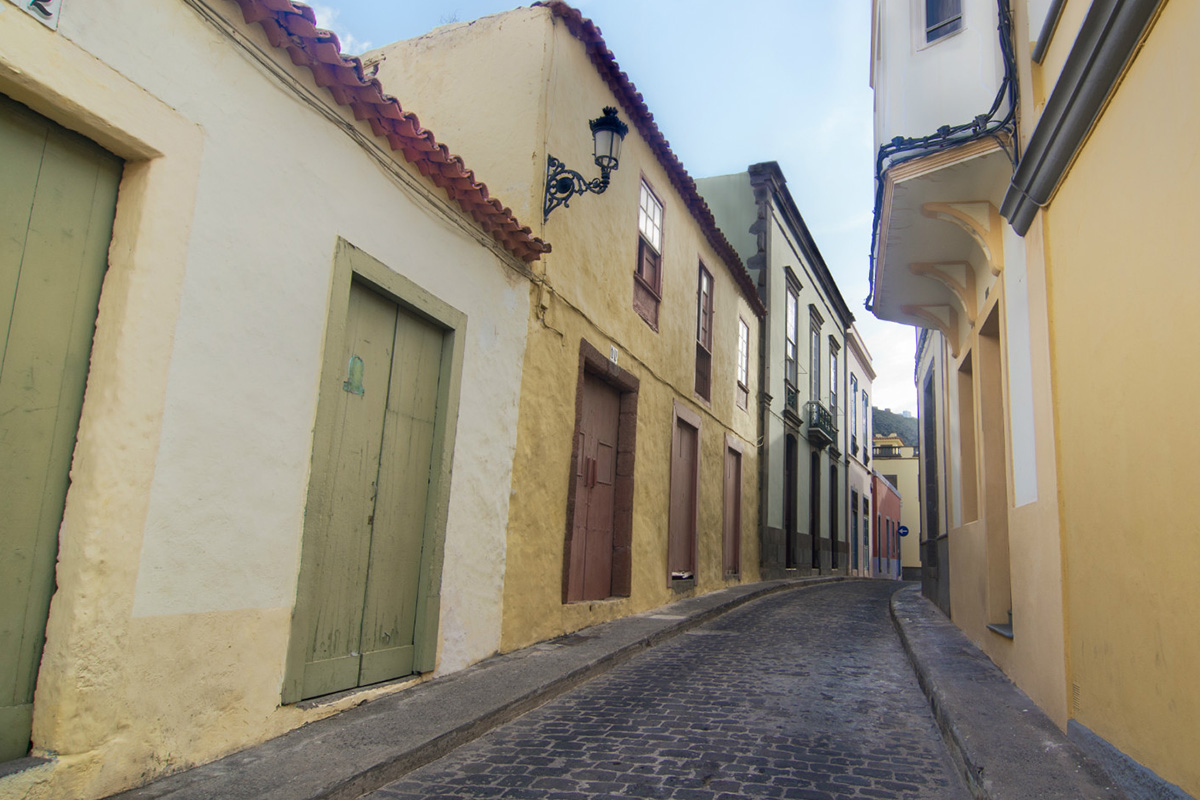
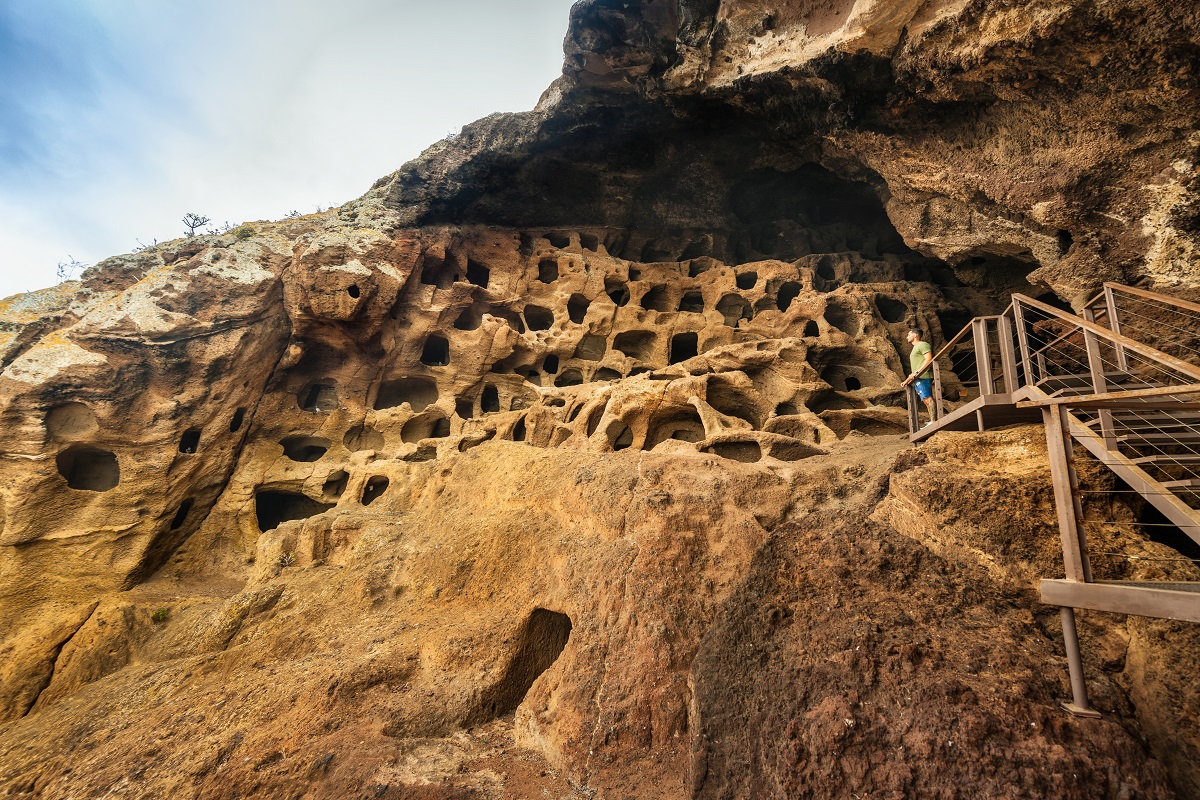
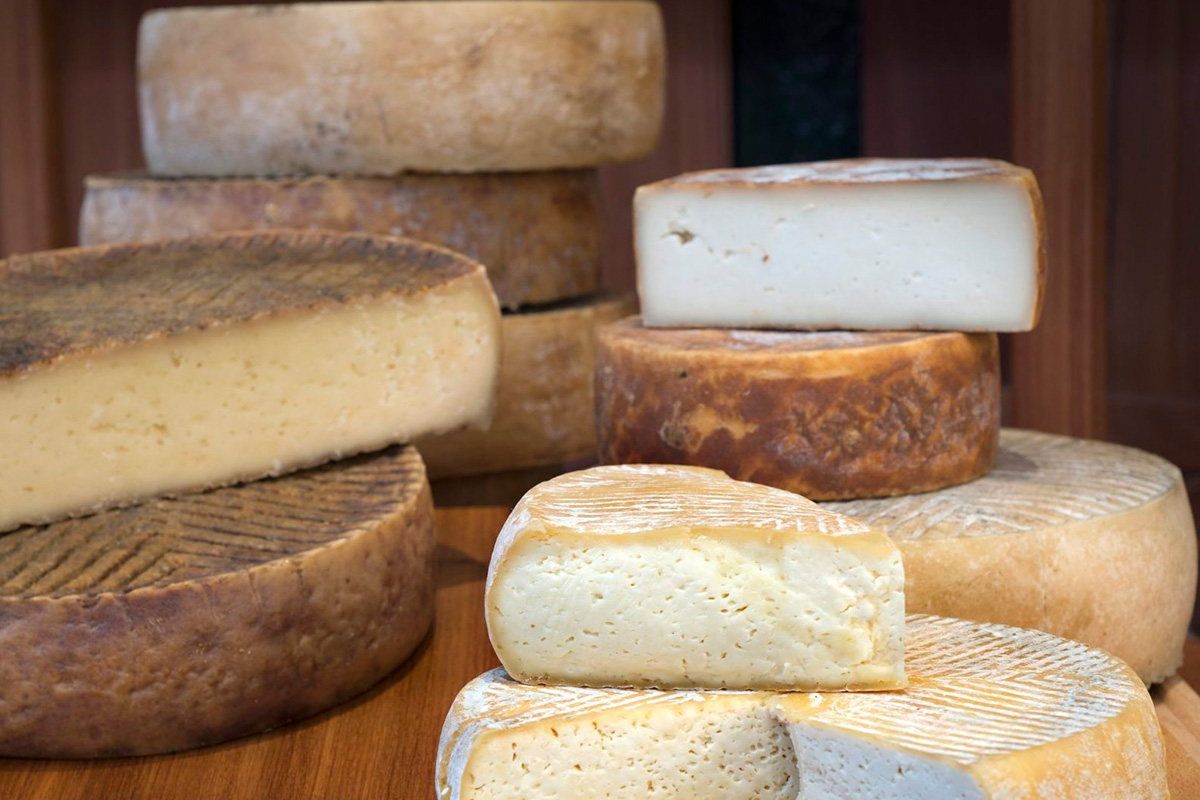
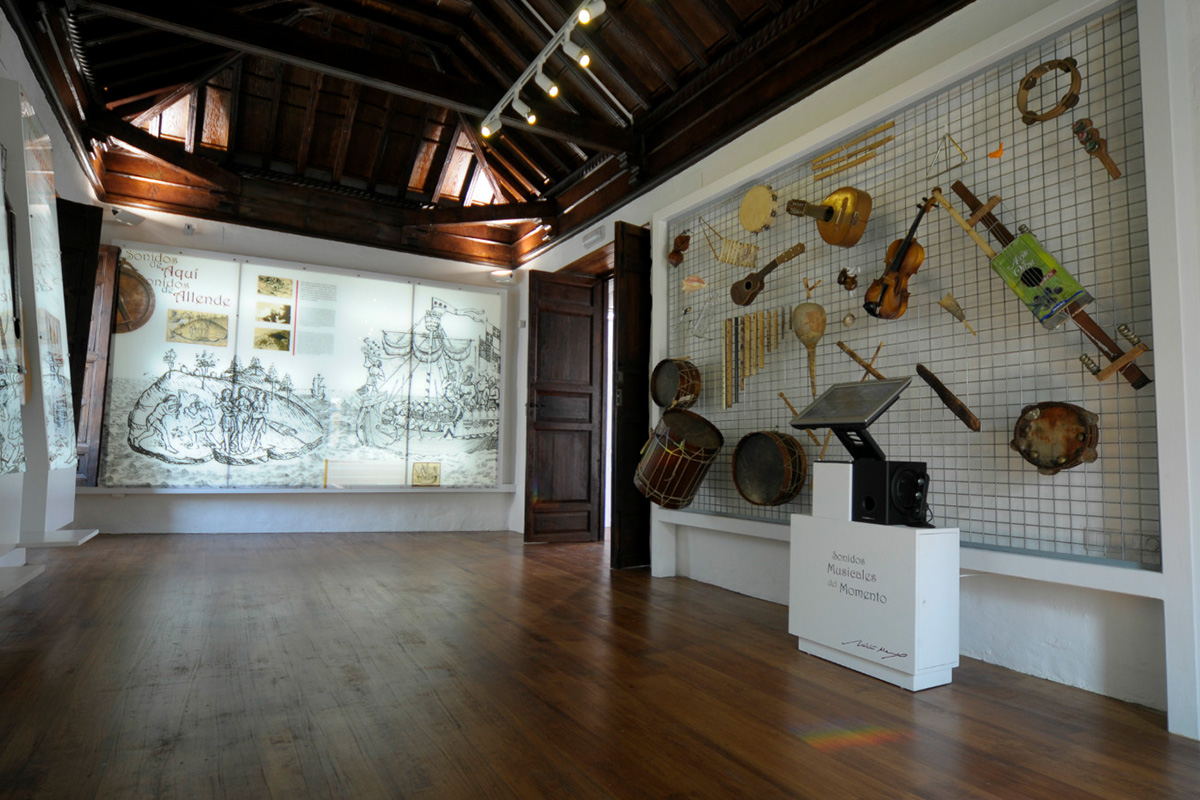
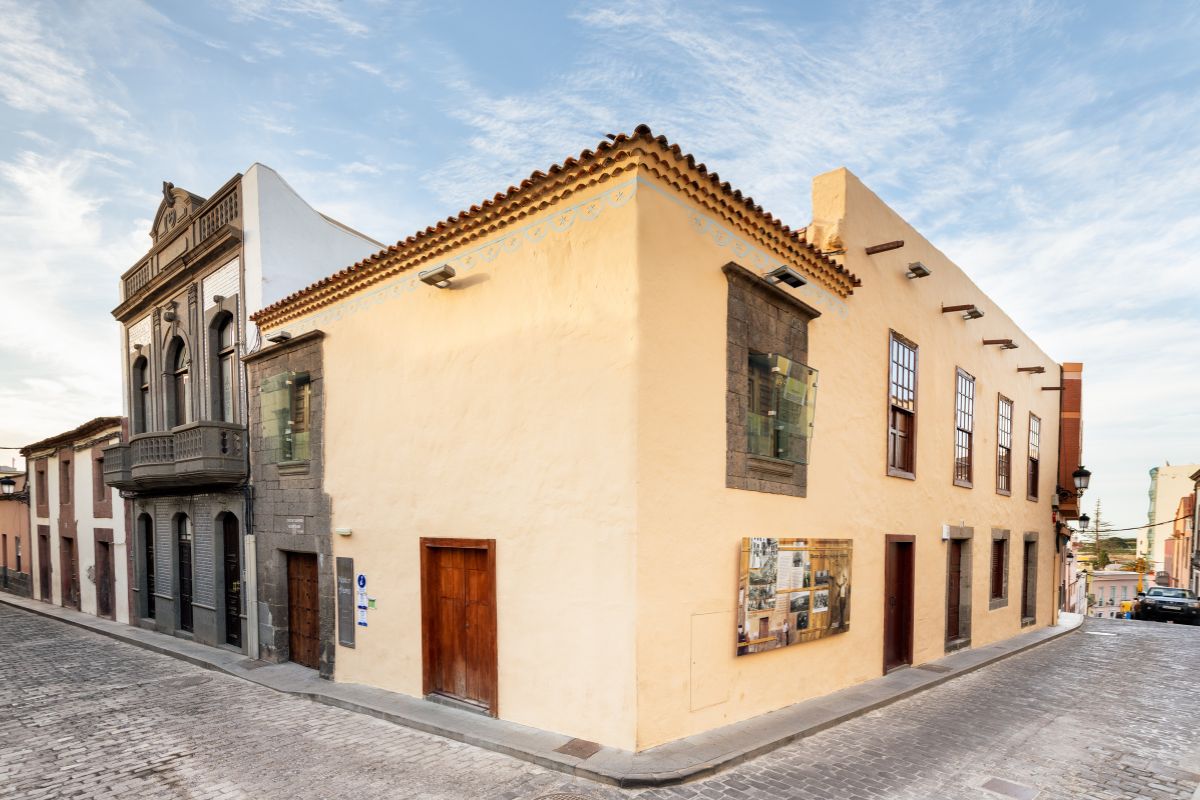
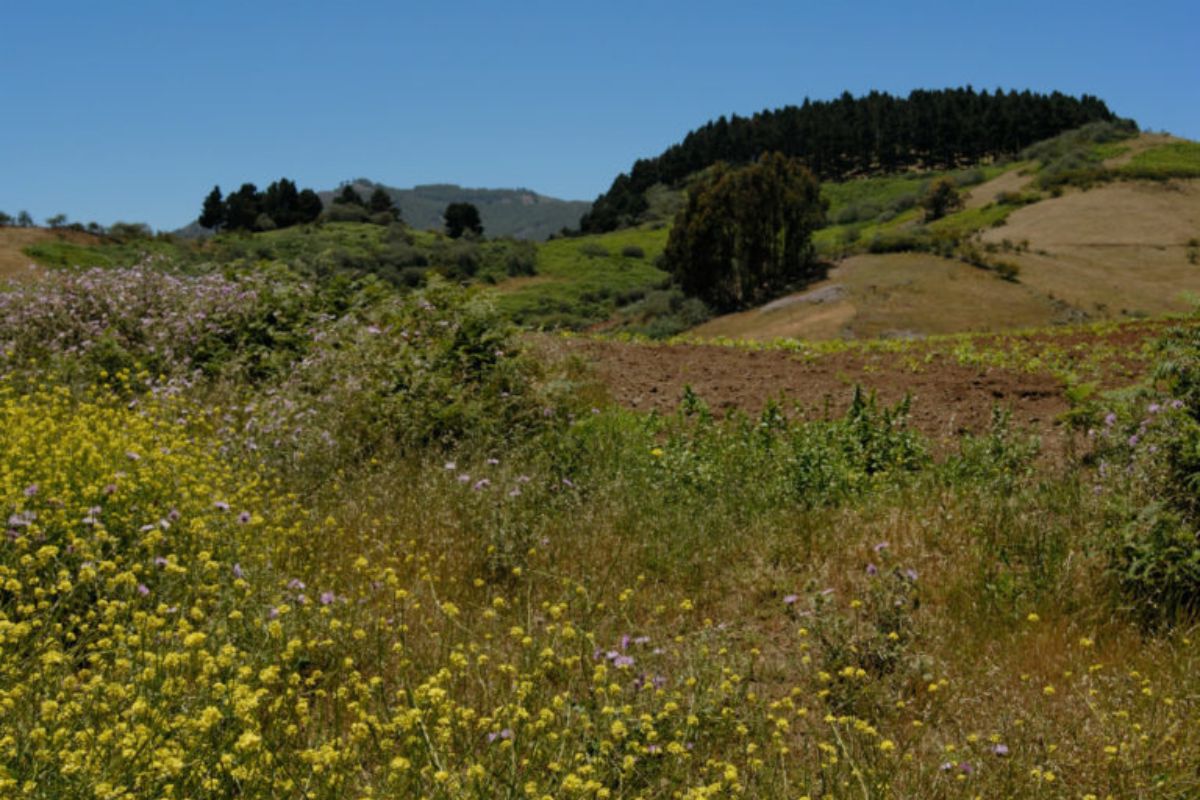

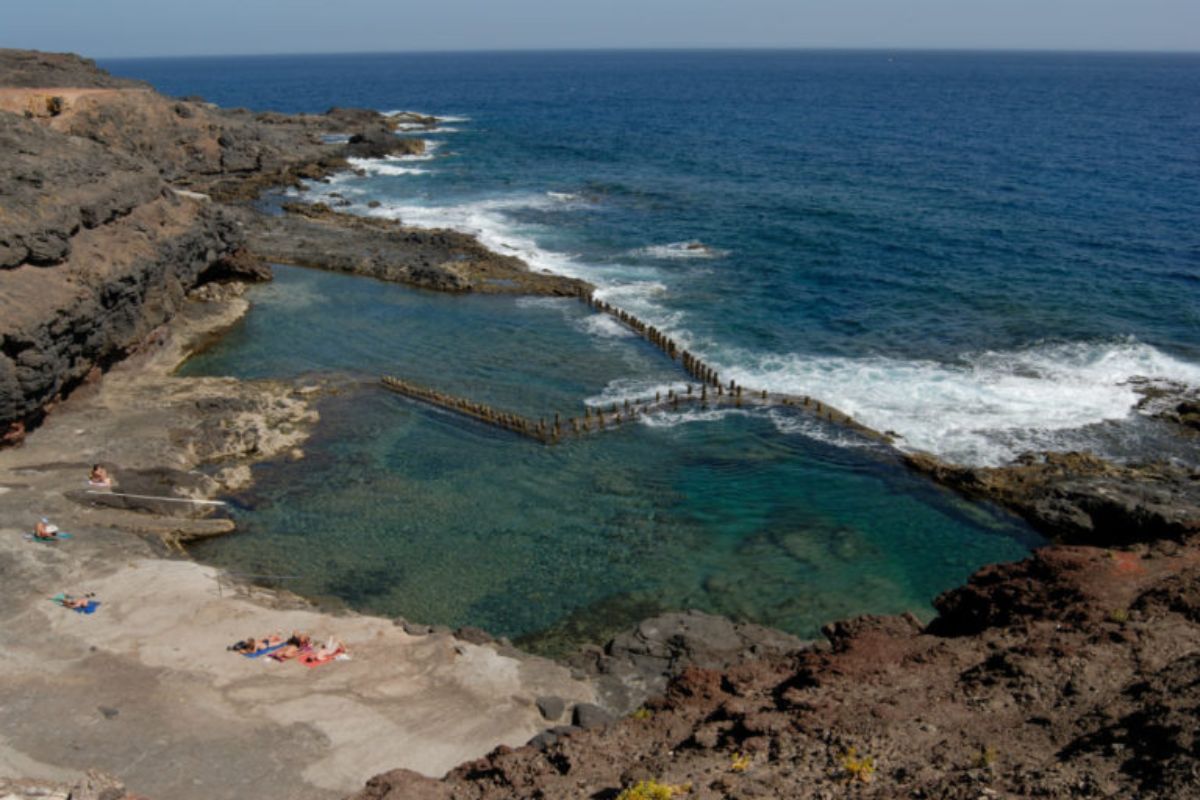
Imagen principal
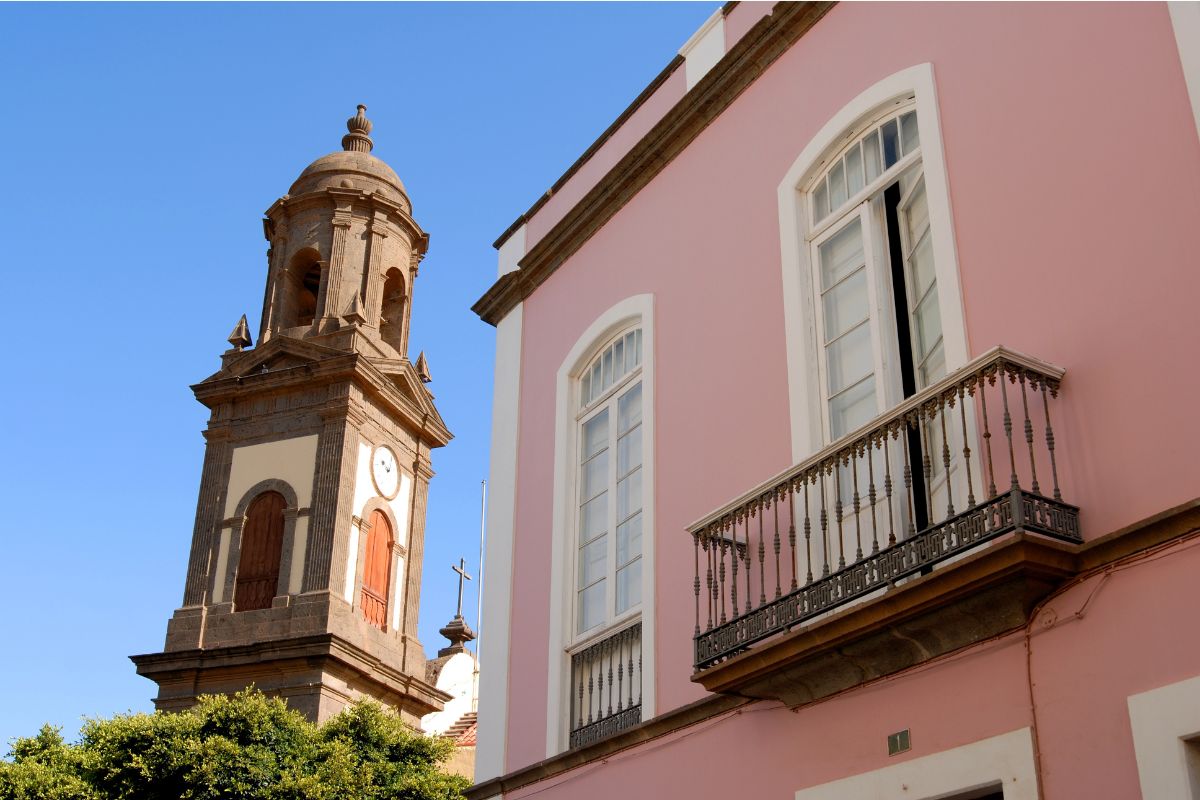
Título sección 1
Discover Santa María de Guía
Título sección 2
Cultural Heritage
Título sección 3
Flower Cheese
Título sección 4
Natur and Traditions
Ubicación
28.139242, -15.632926